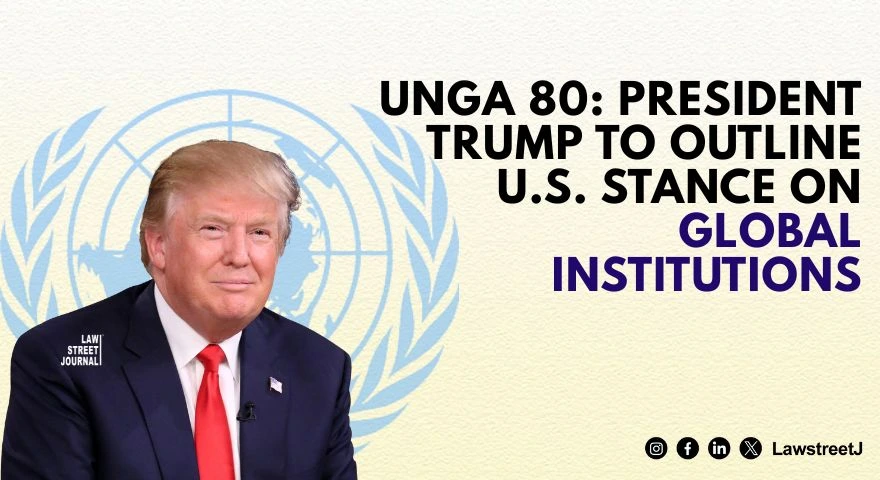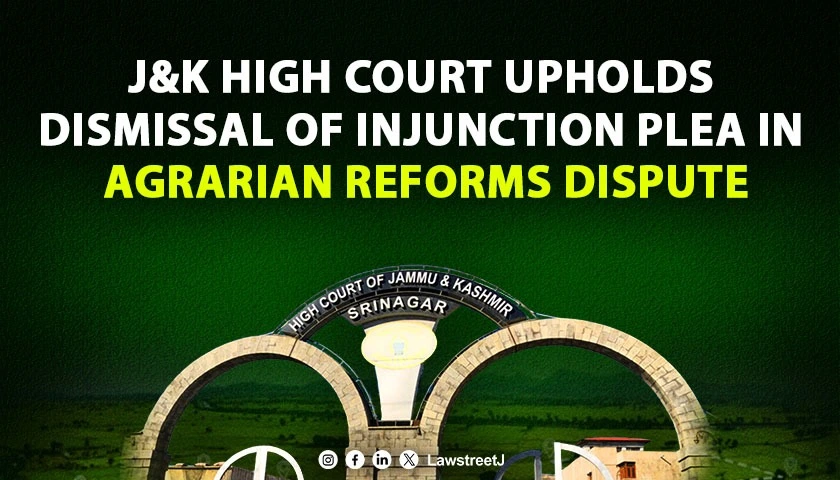New Delhi: On 25 October 2025, Bangladesh’s interim Chief Adviser, Muhammad Yunus, presented a book to Pakistan’s top military official, triggering diplomatic unease. The gift — a book titled Art of Triumph: Graffiti of Bangladesh’s New Dawn — featured on its cover a map depicting parts of India’s northeast as Bangladeshi territory. The meeting took place at the Jamuna State Guest House in Dhaka, where Yunus hosted General Sahir Shamshad Mirza, Chairman of Pakistan’s Joint Chiefs of Staff Committee (CJCSC). The two discussed bilateral cooperation in trade, investment, and defence. The book was formally presented during the meeting.
The map on the book cover reportedly shows India’s northeastern states, including Assam and adjoining regions, as part of Bangladesh. Several observers interpreted this as aligning with the concept of a “Greater Bangladesh” — a fringe idea championed by some groups that propose territorial realignment along ethno-linguistic lines. The image circulated widely on social media soon after its release by Yunus’s office. India’s Ministry of External Affairs has not yet issued an official statement in response. However, diplomatic analysts note that such cartographic depictions — even if artistic or symbolic — carry serious implications for interstate relations, particularly when exchanged in a formal diplomatic context.
Legal implications of cartographic representation
Under international law, maps used in official contexts are expected to respect recognized borders as defined by treaties and conventions. The presentation of a map showing another country’s territory as one’s own may raise questions of intent and interpretation in both diplomatic and legal terms. Analysts note that although the book may not be an official government publication, its presentation by the interim Chief Adviser in a formal meeting with a foreign military official elevates the diplomatic stakes.
India’s northeastern states, internationally recognized as Indian territory, appearing on a map as part of Bangladesh, may raise concerns over territorial integrity under Article 2 of the United Nations Charter, which mandates respect for the sovereign equality and territorial integrity of states.
In addition, Bangladesh’s own constitutional provisions affirm the country’s territorial boundaries as defined by law and international recognition. In this case, even a symbolic deviation from the defined boundary in a diplomatic gift may be interpreted as inconsistent with constitutional mandates. The incident is especially sensitive given the historical and geopolitical dynamics of South Asia. Bangladesh and Pakistan share a complex legacy, stemming from Bangladesh’s 1971 Liberation War, in which Pakistan was the former occupier. Political relations between the two countries remain cautious.
India, sharing a long and porous border with Bangladesh and deep cultural and economic ties, has repeatedly emphasised the sanctity of its borders, especially in the northeast region, which has witnessed insurgencies and cross-border tensions in the past. This map gift thus becomes more than a gesture — it touches upon issues of national identity, territorial sovereignty, and regional alignment.
Notably, the so-called “Greater Bangladesh” narrative has no official standing in Bangladeshi policy or law and remains a fringe concept with limited mainstream traction. Yet its invocation — intentionally or not — through symbolic gestures like map representations may carry real-world consequences for diplomatic and legal frameworks.
The presentation of a book featuring a controversial map by Muhammad Yunus to Pakistan’s General Sahir Shamshad Mirza has triggered scrutiny across diplomatic and legal circles. While no formal response has yet been issued by India, the incident underscores the importance of cartographic accuracy and respect for territorial sovereignty in international engagements. As regional stakeholders assess the implications, the episode serves as a reminder of the delicate balance required in diplomatic symbolism and the legal frameworks that govern state conduct.



.webp)







